Light of Passage at Royal Opera House
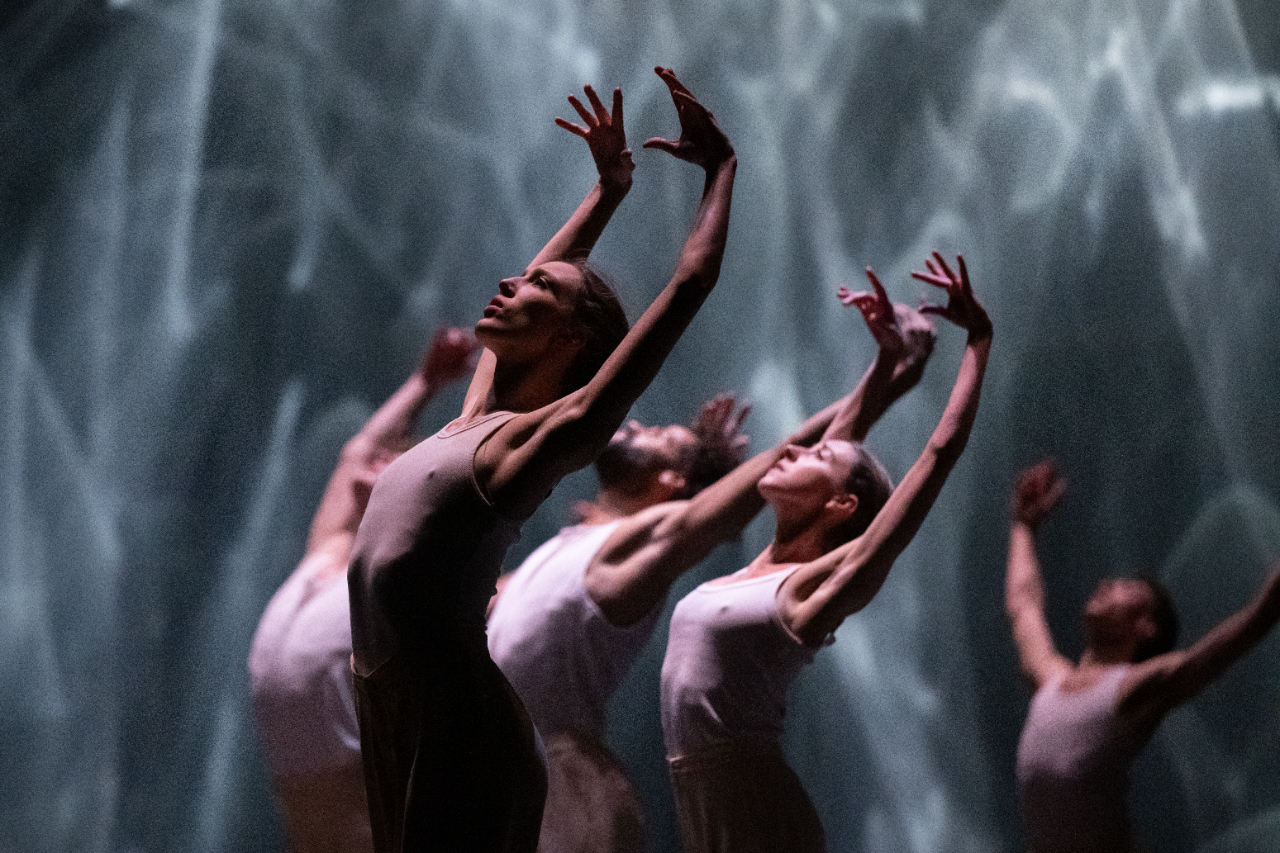
Light of Passage is a stunning ballet choreographed by the esteemed Crystal Pite. Pite brings to life the sad realities of human life with themes of desperation, freedom, “safe passage” and hope. If you’ve seen her 2017 one-act ballet Flight Pattern, you will recognise the first act of the production, which has the same name and is a commentary on the struggles of modern refugees.
The ensemble cast from the company is masterful. In each act, they are flawless as they glide about the stage in seamless synchronicity. Accompanied by Henryk Mikolaj Gorecki’s Symphony of Sorrowful Songs, Light of Passage brings together the ideas of dark and light and the only hope to get out of the dark – human connection.
Lighting designers Jay Gower Taylor and Tom Visser use light cues to transport us into different moods. When the children infiltrate the stage adorned in simple white clothes designed by costume designer Nancy Bryant, they represent purity and hope for a newer and kinder generation. They are being protected both spiritually and physically.
When the ensemble surrounds them adorned in their contrasting black outfits, they threaten the safe passage of the children. The young dancers are mesmerising and in a particular sequence where they cross the makeshift bridge made by the dancers, everyone in the audience pays attention.
Pite sends a powerful message: the fear of suffering, of hell on Earth, is a tangible human experience. This fear is heightened by a backdrop of dark, hellish red lighting. What she means to say here is up for interpretation, maybe it is literal. The children, young people and older refugees are going through hell to reach their safe passage and seeing their lives pass by while they’re at it.
The problem is, that although the acts are cohesive, the introduction of the elderly couple in the third act feels a bit all over the place. The seniors are the ones who represent all the themes of the play and a glimmer of hope. But what’s confusing is their introduction comes when the stage is adorned by pillars – what does it mean? Are they supposed to represent a new hope, a life with more to it than suffering? Or are they just meant to show us the transition from different life stages until death comes? Maybe it’s the latter, and that suffering is a part of life, as naturally as death is.
Regardless the chemistry between Isidora Barbara Joseph and Christopher Havell outweighs any complaints of the placement of the elders. The ballet’s closing where the ensemble unites to say goodbye to the elderly man as he walks toward the light is as touching as it is heartbreaking. A renewed hope is given to the existing dancers that they can transcend or die peacefully.
Pite manages again to keep the morphing of bodies into eerie shapes as a signature of the play, representing that although there is a struggle in the human condition, it is a unified one. Light of Passage is just that, a balanced story of human struggles based on real-life conflicts and is more relevant today than ever.
Sophie Humphrey
Photos: Camilla Greenwell
Light of Passage is at Royal Opera House from 20th February until 12th March 2025. For further information or to book visit the theatre’s website here.
Watch the trailer for Light of Passage at Royal Opera House here:

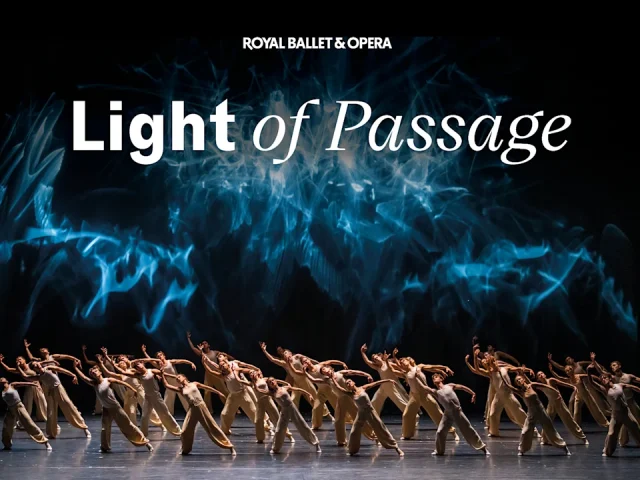

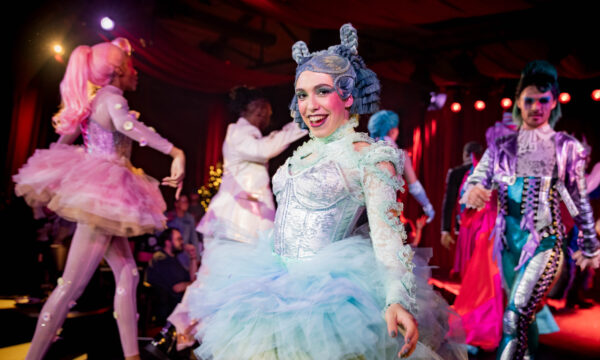
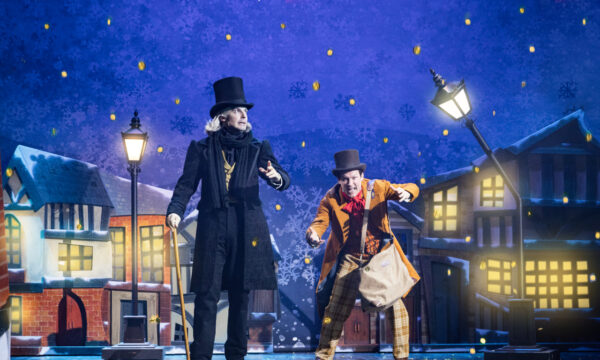
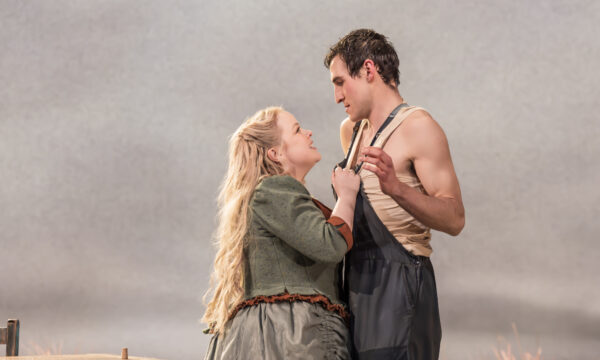

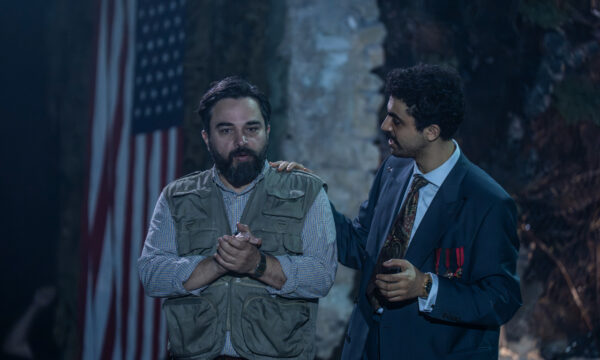
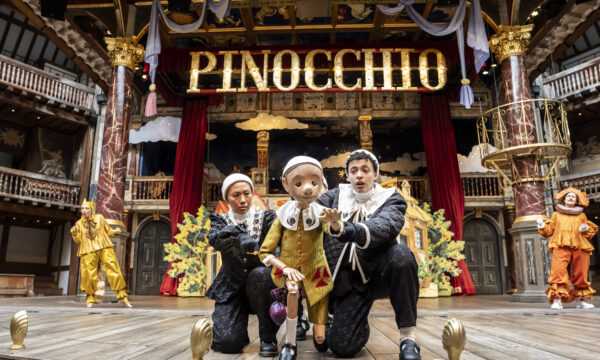
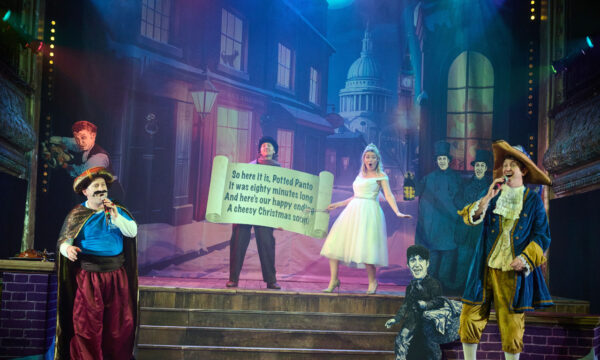


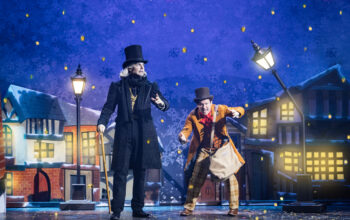
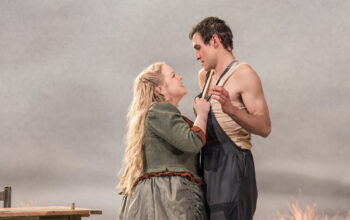

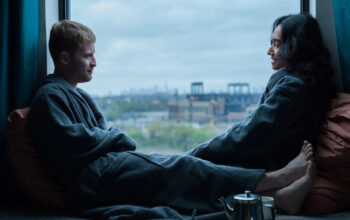


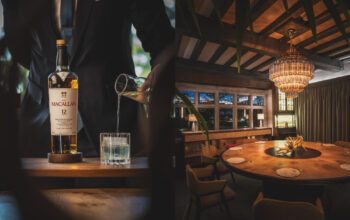





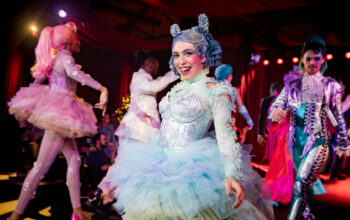

Facebook
Twitter
Instagram
YouTube
RSS